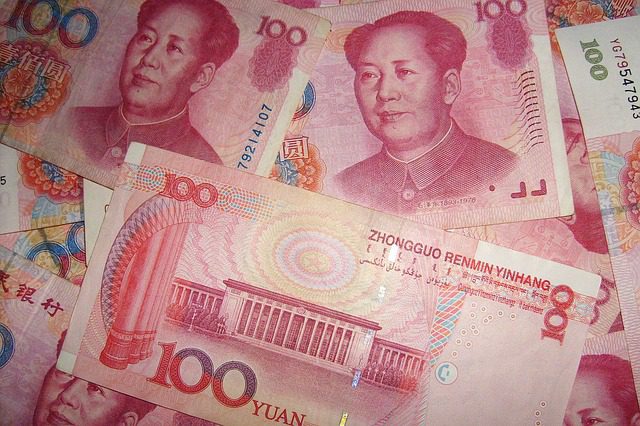China’s manufacturing sector saw its fourth consecutive month of contraction in January, indicating a need for significant policy support to bolster the country’s economy. Official data from the National Bureau of Statistics revealed that the manufacturing Purchasing Managers’ Index (PMI) inched up slightly to 49.2 in January from 49 in December, aligning with expectations.
Meanwhile, the non-manufacturing PMI, reflecting activity in the services sector, increased to 50.7 in January from 50.4 in December. This uptick was attributed to the resilience of the services industry offsetting weaknesses in construction, particularly due to a downturn in the real estate sector.
A PMI reading above 50 suggests expansion, while below 50 indicates contraction. Despite the marginal improvement in manufacturing, employment in both manufacturing and non-manufacturing sectors experienced a decline in December.
Zhao Qinghe, a senior statistician at China’s NBS, attributed the construction sector’s weakness to factors such as winter temperatures and the upcoming Spring Festival holiday. The holiday, starting on February 10 this year, typically witnesses increased travel and consumption, reflected in the rise of the non-manufacturing PMI.
To stimulate economic growth, the People’s Bank of China announced a reduction in banks’ required reserve ratios, freeing up liquidity for lending. Additionally, Beijing issued new policies aimed at alleviating financial strains on Chinese developers, who have faced challenges due to debt-related crackdowns in the property sector.
While these measures aim to spur economic growth, challenges remain, particularly in the property market. However, the PBOC has signaled potential for further monetary easing, suggesting optimism for future economic recovery.















































